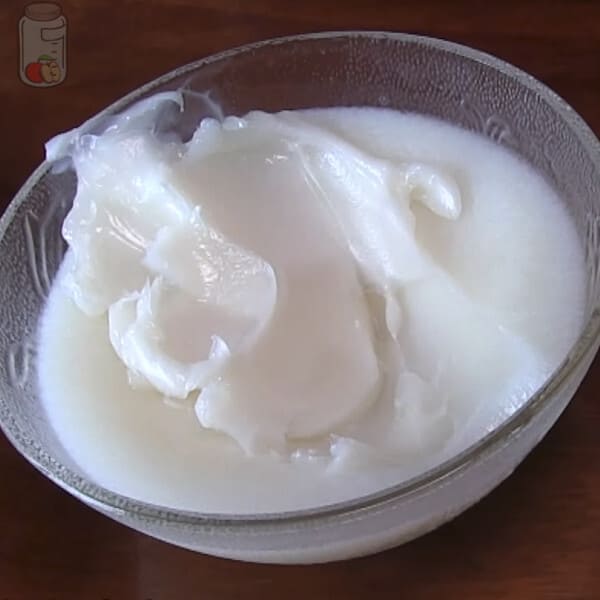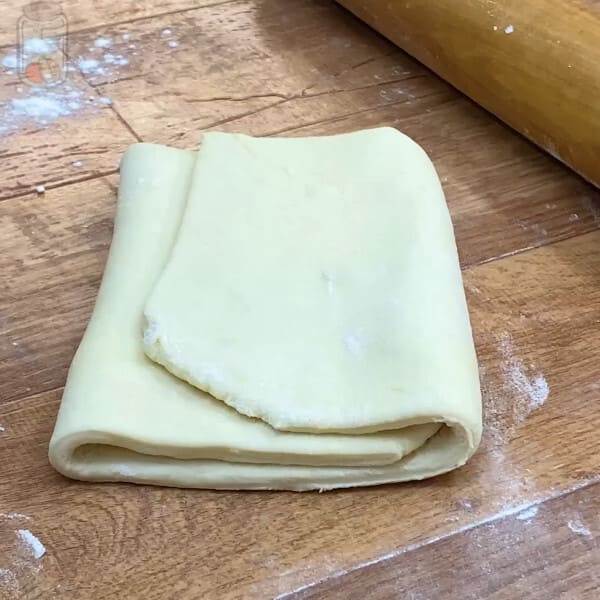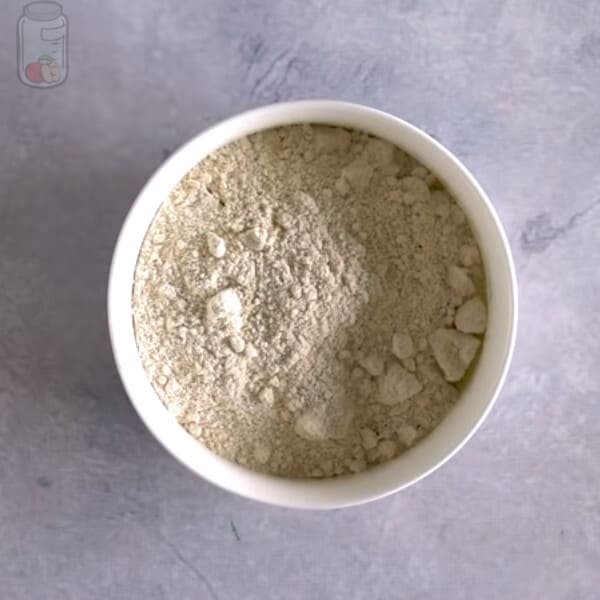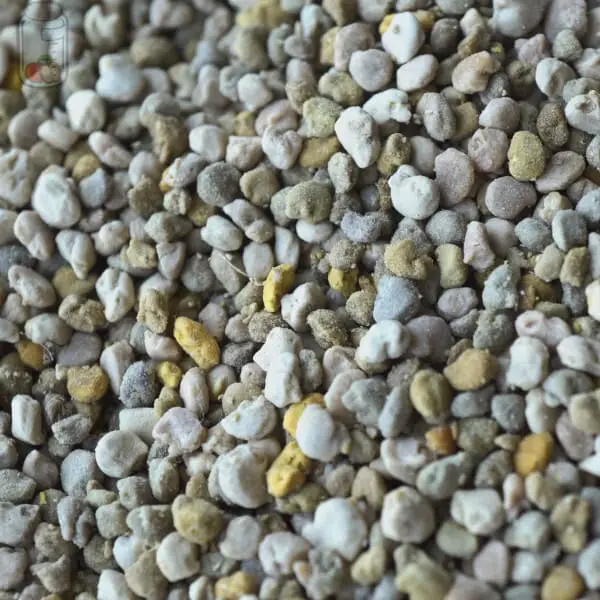Lard is a solid product with a texture similar to butter, but as it is 100% fat, it has no color (white) and lacks flavor. But how can you preserve lard?
You can store the uncovered lard at room temperature for 1 to 2 years. Once uncovered, I recommend using it for three months, although you can refrigerate it for 6 to 9 months and frozen for 1 to 2 years.

To know the correct way to store lard, keep reading.
How to preserve lard at room temperature
Lard is usually used a lot in pastries and bakeries since the products are much softer and lighter, mainly because the lard lacks water and therefore does not produce steam during baking.
In addition, it reduces the action of gluten in products with wheat flour, preventing them from getting hard. Most pastry chefs and bakers leave the lard at room temperature for better use since it remains creamy and manageable.
Therefore, if you buy lard, whether it is the one that comes canned or inside a container or plastic bag, you should place it in a dark, dry and cool place.
If the lard is sealed, it will remain in good condition until the expiration date indicated by the manufacturer, or even longer (between 1 and 2 years approximately).
Once you open the bag, can, or original packaging, you need to do the following to store the lard:
- Step 1. Put the lard inside a glass bag or jar.
Put the lard in an airtight bag, and then store it inside a container with a lid. The lard in a bar shape is usually wrapped in sturdy plastic paper, so leave the butter there and put it directly in the container with a lid.
I recommend you use glass jars with an airtight lid. They are ideal for storing butter or lard since they will not transfer any residue.
- Step 2. Label the container.
Write the product’s name and the date of storage on the bag, or you can stick a label with that information on the glass jar.
- Step 3. Store the lard in a dark place.
Keeping the lard away from the light is vital to prevent it from rusting. It is also convenient that the place where you leave it is dry and fresh.
Although experts recommend using open lard for three months, it can last longer (up to about six months) if it is kept well stored. [1] [2]
A trick that can help you extend the lard’s shelf life is that the spoon or any other utensil you use to take it is completely clean and dry.
How to store lard in the fridge
Although it is not necessary to put the lard in the fridge because it gets hard, if you live in a hot place, with climates of 86°F (30°C) or higher, it could be convenient to refrigerate the lard once it has been opened.
Apart from that, the hardened lard serves to make masses of puff pastry. So here’s what you should do to store the lard in the refrigerator, in case it hasn’t come in a container with a lid.
- Step 1. Put the butter inside an airtight container.
If you cannot store the lard in the same packaging in which it came, you can put it inside an airtight bag and then inside an airtight container to prevent it from absorbing the smell of other foods.
As I said, using a glass jar with an airtight lid is best to store the lard.
- Step 2. Label the lard.
Put the product name and storage date on a label and stick it on the container.
- Step 3. Store the lard in the fridge.
Put the butter away from products that emit a strong smell. This way, the lard can be refrigerated for 6 to 9 months. [3]
Before using it, I recommend you leave it for about 30 minutes at room temperature to have a cream consistency again.
How to freeze lard
Can you freeze the lard? Yes, lard can freeze without problems, but it will harden more than in the fridge.
- Step 1. Divide the lard.
The best thing is to divide the lard into portions to thaw only the one you will use. Then, you can put it inside small airtight bags or wrap several parts with plastic film.
An acceptable alternative would be to use molds to make ice cubes, and if the mold is made of silicone, better since it would be easier for you to unmold it.
- Step 2. Put the portions inside a larger bag.
If you used the ice cube mold, you should freeze the lard for two or three hours until it hardens, then unmold and put the cubes inside an airtight freezer bag.
If you divided the lard into bags, put them inside a larger one, so you don’t have butter bags watered all over the freezer.
- Step 3. Tag.
Write down the product’s name and the date of storage on the bag, or stick a label with that information.
- Step 4. Store the lard in the freezer.
This way, you will freeze the lard for 1 or 2 years. To defrost it, pass it a day before to the fridge and then leave it 30 minutes at room temperature.
How do you know if the lard got bad?
First is the smell. As the lard is pure fat, it should not have an odor, so if it begins to smell weird or rancid, it is most likely to have spoiled.
Nor should it have flavor since the fat does not have it. Therefore, if it has a strange or bad taste, it is best to throw the lard in the trash.
Another aspect to consider is the color, the lard is white, so if it acquires a yellowish tone, it begins to oxidize due to poor storage and may not be suitable for consumption.
It is practically impossible for mold to develop in lard because it does not contain water. But, still, in the container where you stored it, if it can have mold if the environment is very humid, in that case, you should not eat it either.
How long does lard last?
| Product | Duration |
| Lard at room temperature (unopened) | 1 – 2 years |
| Lard at room temperature (opened) | 3 – 6 months |
| Refrigerated lard | 6 – 9 months |
| Frozen lard | 1 – 2 years |
What is the best way to preserve lard?
The lard preserves very well at room temperature and resists warm temperatures well. However, it is not advisable to leave it at room temperature when the climate is higher than 30°C (86°F) if it is uncovered.
The lard hardens in the fridge, but this does not damage it, and the shelf life is extended a little more.
If you are interested in learning how to preserve something else, I have a complete list of topics related to storing food and products.
[1] https://www.foodsafety.gov/keep-food-safe/foodkeeper-app
[2] https://ask.usda.gov/s/article/What-is-the-shelf-life-of-solid-shortenings
[3] https://vtechworks.lib.vt.edu/bitstream/handle/10919/84264/FST-286.pdf?sequence=1&isAllowed=y






